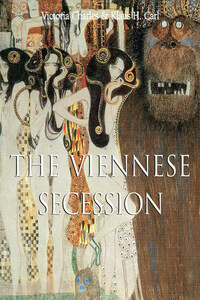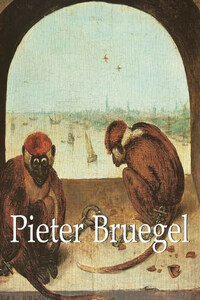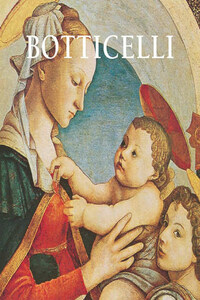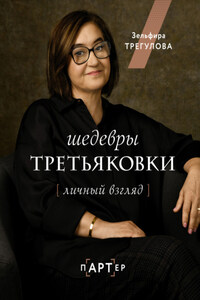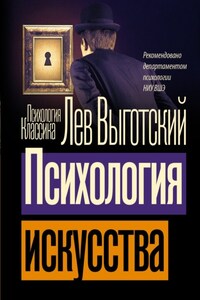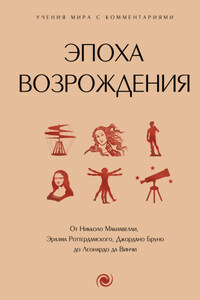Charles Robert Ashbee, Chimneypiece, executed by Arthur Cameron for the Magpie and Stump (Pub), 37 Cheyne Walk, London, 1893.
Plain, repoussé and enamelled copper tiles, 215 × 201.5 cm.
Victoria and Albert Museum, London.
To write a text on the Viennese Secession – an art movement that, despite its short creative period of barely ten years, had an enormous impact in the development of modern art – without consulting the contemporary witnesses of that period would be a futile venture. For this reason, this book will feature the writing of two contemporaries of the Secession artists, both believable and competent columnists whose testimonies are as relevant today as they were in the early 20th century. Excerpts from their commentaries have been carefully translated from the variety of German that was used before the Second Orthographical Conference in 1902. The two experts in question are Hermann Bahr and Ludwig Hevesi.
The Austrian Hermann Bahr, born 1863 in Linz, was a poet, outstanding essayist, influential art critic, and expert of contemporary literary movements from naturalism to expressionism, as well as one of the most important comedy authors of his time. Furthermore, he was a spokesman for Jung-Wien (Young Vienna), a group of writers and literary critics, who called themselves “Viennese coffeehouse writers” and used Die Zeit, a weekly literary magazine owned and published by Hermann Bahr between 1894 and 1904, as a mouthpiece for their ideas. He lived for over twenty years in Berlin, where he mainly worked with theatre manager, director, and actor Max Reinhardt (1873–1943). After two decades in Berlin, he left Germany for Austria to work in Salzburg and Vienna. In 1922, he returned to Germany to settle down in Munich, where he died twelve years later. Beyond his collection of critical essays and his activities as playwright of comedies, he also composed several works of prose and drama. To list every of Bahr’s accomplishments would go far beyond the scope of this preface.
Ludwig Hevesi (1842–1910), born under the name Ludwig Hirsch in the Austro-Hungarian town of Heves, was a journalist and writer. He began his professional career in a Hungarian daily newspaper when he was 24-years-old and was shortly after promoted to report for the arts and culture section of the Viennese Fremdenblatt. During the reign of Franz Joseph I (1830–1916), ruler of the multi-ethnic Austro-Hungarian Empire, Hevesi worked especially for the Secession as columnist and art critic. He once wrote:
[…] “Indeed, there is no guidebook to the Secession.” That was my response when a young art enthusiast, confronted with the first success of the new movement, asked me whether there was a book that he could consult to better understand the uncomfortable paradigmatic shift that he was faced with. If someone would put this question forward today, I would recommend the following book […].
The Viennese Secession was not a singular event that came from nowhere. The movement had precursors and, naturally, also successors, and soon other, younger artists from other associations started rebelling against the rigid predominance of the established and generally rather conservative artists, who confronted all these new ideas for the training and education of artists with an uncompromisingly defensive attitude. Having no chance to exhibit their works together with already recognised artists – their work didn’t usually clear the stage of pre-selection that was supervised by a jury which was evidently composed of these very artists – thus deprived them often of the opportunity to find buyers for their work.
In order to generate a holistic depiction of the Viennese Secession, a brief overview of the most important precursors of the movement is necessary.
Ditha Moser, Folding calendar, 1907.
Donation from Oswald Oberhuber, Collection and Archive, Universität für angewandte Kunst, Vienna.
Gustav Klimt, Gnawing Sorrow (detail from second panel of The Beethoven Frieze), 1902.
Casein on plaster, height: 220 cm.
Secession, Vienna.
